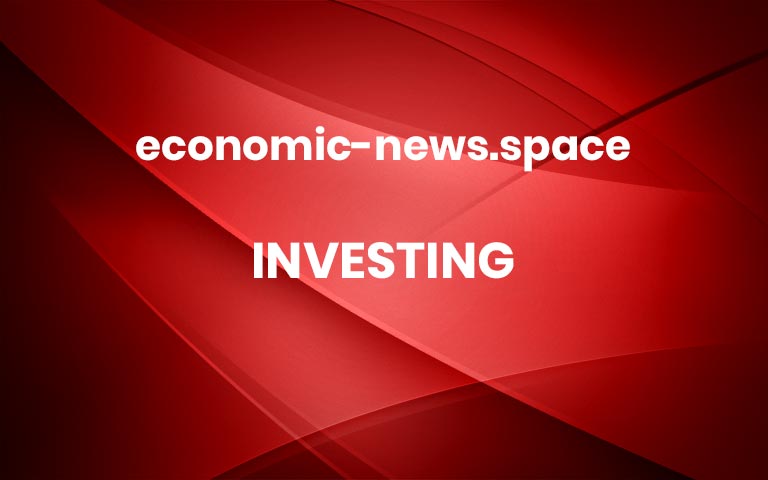Cannabis stocks rally after Trump says he is weighing drug reclassification

Cannabis stocks rallied after President Donald Trump said he might reclassify marijuana as having a lower danger level.
Such a move would be “a game changer” for the industry, one money manager said.
A worker inspects cannabis plants inside the grow room at the Aphria Inc. Diamond facility in Leamington, Ontario, Canada, on Jan. 13, 2021.
Annie Sakkab | Bloomberg | Getty Images
Stock chart icon
Cannabis ETFs, 1-day
“We’re looking at reclassification,” Trump told reporters Monday during a press conference to announce the deployment of the National Guard to Washington, D.C. “We’ll make a determination … over the next few weeks.”
“It’s a very complicated subject,” he added.
Penny stocks
Many stocks in the sector now sell for less than a dollar per share, meaning a move of just a few cents can lead to a large percentage change. Despite Monday’s rally, many of these stocks are far below their all-time highs.
Shares of publicly traded pot growers and distributors surged before the press conference after a Wall Street Journal report late Friday, citing people familiar with the matter, said Trump was considering changing marijuana to a less-dangerous drug classification. Trump disclosed he was considering such a move during a fundraiser at his New Jersey golf club earlier this month, the people said.
Under federal law, cannabis is currently classified as a Schedule I drug in a group that also includes heroin and cocaine. Previously, reclassification discussions have centered on moving the drug to Schedule III, a class that includes steroids and Tylenol with codeine.
Reclassification would allow marijuana companies to fall under different tax regulations and encourage investment interest, among other benefits.
Yearlong process
Tilray CEO Irwin Simon told CNBC he expects the process of reclassification to take about a year. Trump discussing the matter publicly, and saying he plans to make a decision in coming weeks, is cause for optimism in the industry, Simon said.
“Trump gets things done,” Simon said. “He wouldn’t be talking about it … if he’s not going to get something done.”
Trump’s backing can brighten the outlook, but technically he cannot reclassify the drug alone. The Controlled Substances Act places that authority under the Attorney General, who historically has delegated it to the administrator of the Drug Enforcement Administration.
A move from Schedule I to Schedule III would be “a game changer” for the roughly $80 billion market, Tim Seymour, investing chief at Seymour Asset Management, said on CNBC’s “Worldwide Exchange” on Monday. He noted that such a change seems to have bipartisan support.
“It does not mean that it won’t be a complicated trade,” Seymour said. “But it does mean that you’re investing now well ahead of a lot of institutional capital if you are, in fact, investing into this sector.” More

